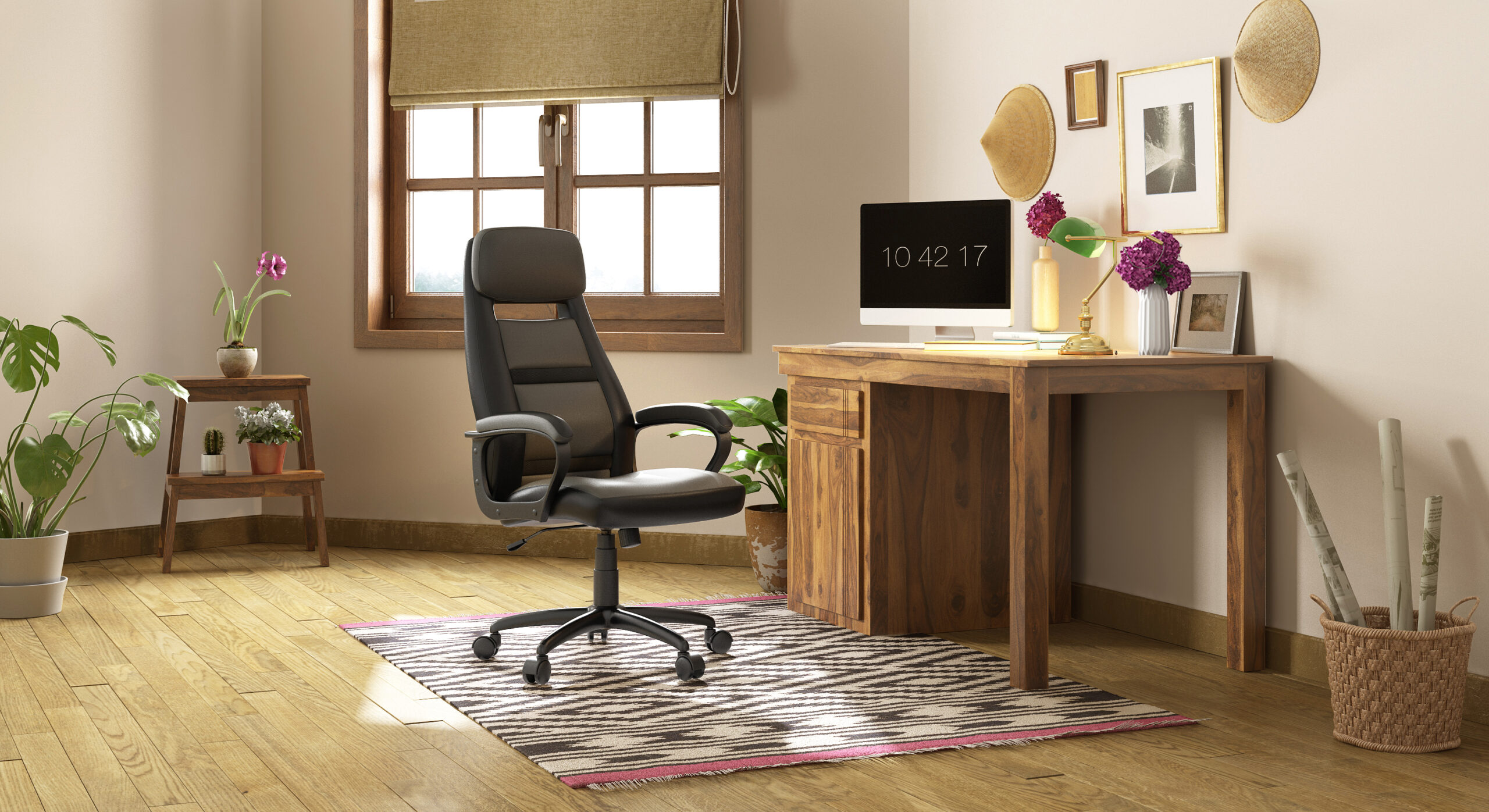Does your idea of a relaxing home involve bright white walls, large windows, and clear lines? These elements are central aspects of minimalism. This interior decor concept aims to create a meditative and uncluttered space that helps take your mind off a chaotic world. The minimalist design promotes a “less is more” outlook, resulting in a simple but stylish home. In a world that encourages excessive spending, minimalism urges you to exercise restraint.
Tips on Attaining Minimalism
1. Pick a Subdued Color Palette
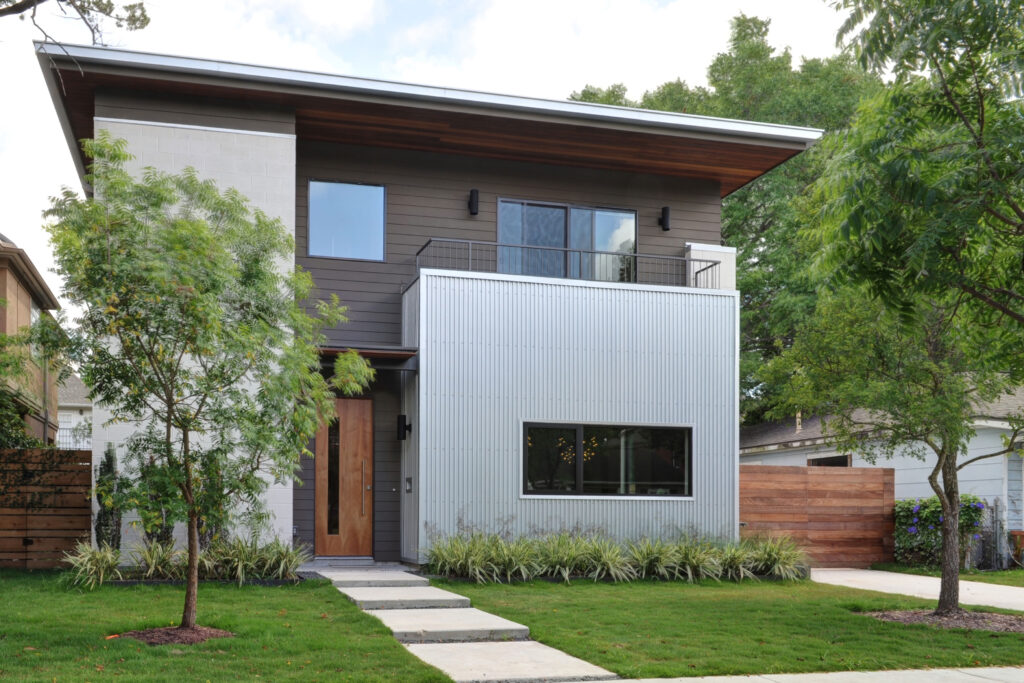
source: gbdmagazine.com
Mixing multiple colors will make your Texas home appear congested. Minimalism avoids this outcome by selecting a color scheme of no more than three tones. It’s advisable to apply it evenly across the house to achieve balance and harmony. Although white, gray, and cream are the most popular options, you can use other colors.
A neutral color palette works well for minimalist interior decor. You can choose pastel colors if you’re feeling adventurous. Examples are blue, pink, mint green, sand, warm gray, and canary yellow. Their soothing properties promote relaxation and focus. They also blend easily with other shades. The main objective is to maintain consistency and avoid unnecessary distractions.
2. Declutter Your House
Decluttering is a core aspect of minimalism. You’ll probably have to get rid of various items you’ve accumulated over the years. Start small to avoid feeling overwhelmed. Have a decluttering plan for each room and categorize the items. For instance, you can start with clothes, then move to books and other paper items.
Starting with the simplest objects helps you build the momentum and willpower to deal with more hectic tasks. Storage maximization goes hand in hand with decluttering. If you’re not ready to dispose of some items, you can keep them in concealed storage in a way that maintains the overall aesthetic.
3. Embrace Natural Lighting
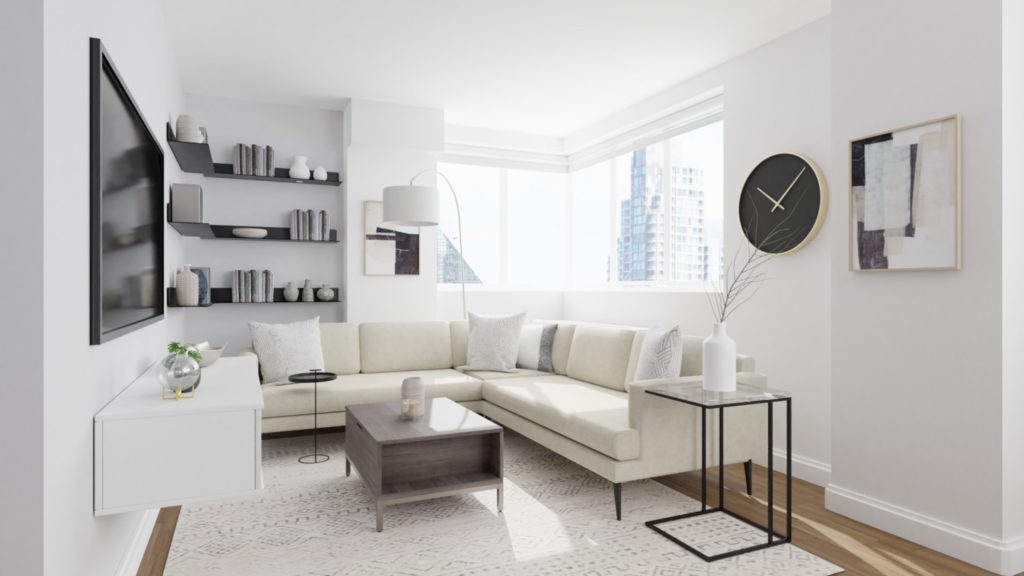
source: residencestyle.com
The right amount of light brings out the best of the neutral colors you’ll pick. It allows you to experiment with shades and tones with the most welcoming effect. The larger your windows are, the easier it is to maximize natural light. It’s advisable to use sheer curtains that allow enough sunlight to brighten the whole room.
If your beautiful Texas home in your new neighborhood doesn’t receive adequate natural light, there are creative ways of improving the situation. One of them involves strategically-placed mirrors. In addition to spreading the light better, they make small rooms appear larger.
4. Use Accent Pieces
A minimalist design doesn’t have to be devoid of decorations. The trick is to accentuate without going overboard. For instance, one piece of outstanding art or furniture can complement the entire room. Accent pieces also act as focal points that break the monotony of large spaces and monochrome surfaces.
They don’t necessarily have to be expensive items. They can be simple objects such as colorful pillows, candles, and bowls set against a contrasting background. In addition to improving the esthetics, they can be welcome conversation starters when you host. A minimalist style is easy to maintain because adding or switching one accent piece can give the room a different vibe.
5. Add Some Patterns
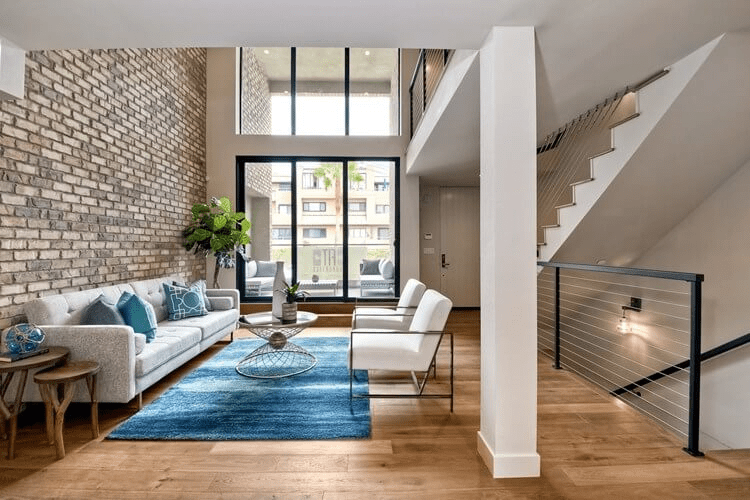
source: learn.homluv.com
Although a minimalist Texas home provides a calm and inviting outlook, it also risks being dull. You can avoid this outcome by discreetly styling with some patterns. If you pick this option, implement it on a small scale on curtains, pillows, and similar items. The aim is to gently break the monotony of neutral colors without overwhelming the room.
If you must use a patterned carpet, ensure it’s in the center of the room to act as a focal point. Patterns are suitable for large spaces. However, your Texas home will also benefit from your personal flair as you become better versed in minimalist design principles.
6. Experiment with Textures
Different textures can make your minimalist home more interesting by creating subtle contrasts without necessarily using different colors. For instance, woven items reduce dullness by adding dimension to a room. Your neutral-colored pillows, rugs, and other textiles can add depth to a room if they have knitted sections.
Plants are another popular way of texturizing a minimalist home because green creates a natural break while maintaining the overall theme. Other examples include upholstered furniture, wooden floorboards, and textured wallpaper. The right combination provides a slightly edgy look without overshadowing the color palette. It’s one of the most effective ways of adding warmth to your Texas home.
7. Maintain Flat Surfaces and Clean Lines
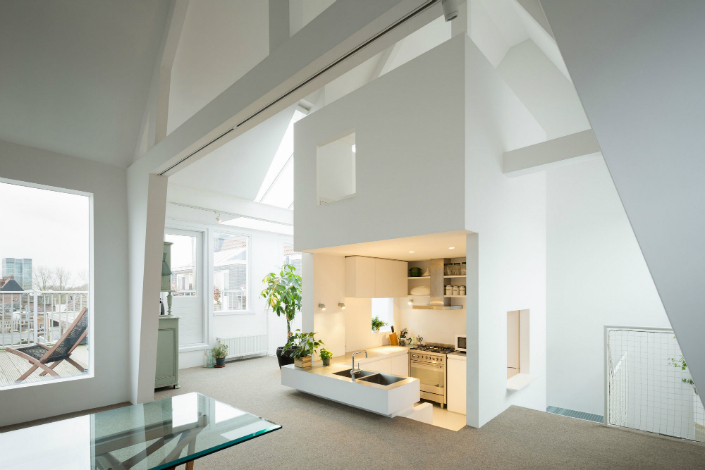
source: homeinspirationideas.net
Clean, well-defined lines are essential aspects of minimalist design. Your activities around the house also determine how well you’ll maintain this style. For instance, leaving utensils on kitchen countertops interferes with the flat surfaces that are a part of the decor. That’s another reason for decluttering and maximizing your storage options.
It’s not always easy to maintain these principles, especially if you have children. Identify the items you need the most and store the rest. The kitchen isn’t the only part of the home that benefits from clean and clutter-free surfaces. Additional examples include coffee tables, window sills, and other hard surfaces around the house.
8. Add Your Personal Touch
Minimalist design professionals recommend using favorite items as inspiration for your theme. Examples are furniture, framed family photos, and everyday items such as candles, vases, and books.
Minimalism’s “less is more” mentality encourages you to evaluate every piece you add to your space. It’s advisable to pick timeless and expertly-crafted items, such as furniture, that are bound to serve you well for the long term. This interior design philosophy makes it easier to acquire the most deserving objects by prioritizing quality over quantity.
Final Thoughts
Minimalism helps your Texas home achieve sophistication through simplicity. A decluttered space also promotes relaxation. The tips outlined in this article should act as a general guide because there are several variations. Remember, your home doesn’t have to match the ideas you see in glossy interior design magazines and websites. That’s because you’ll probably have to account for the comfort of all family members. It’s okay to start small and make gradual adjustments as your confidence grows.


